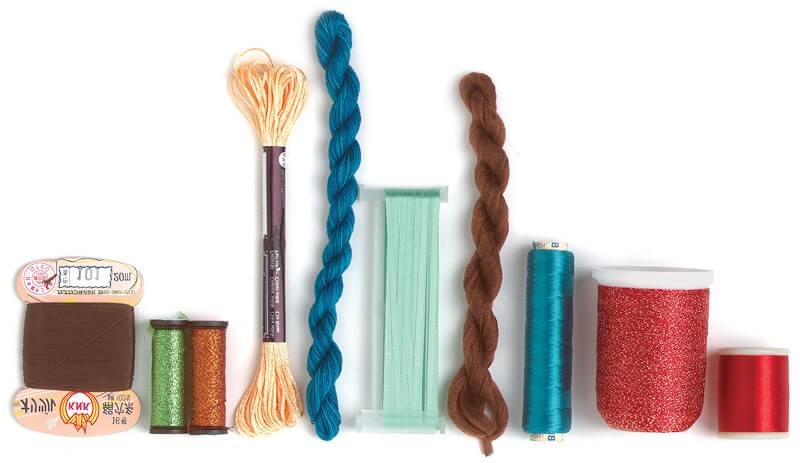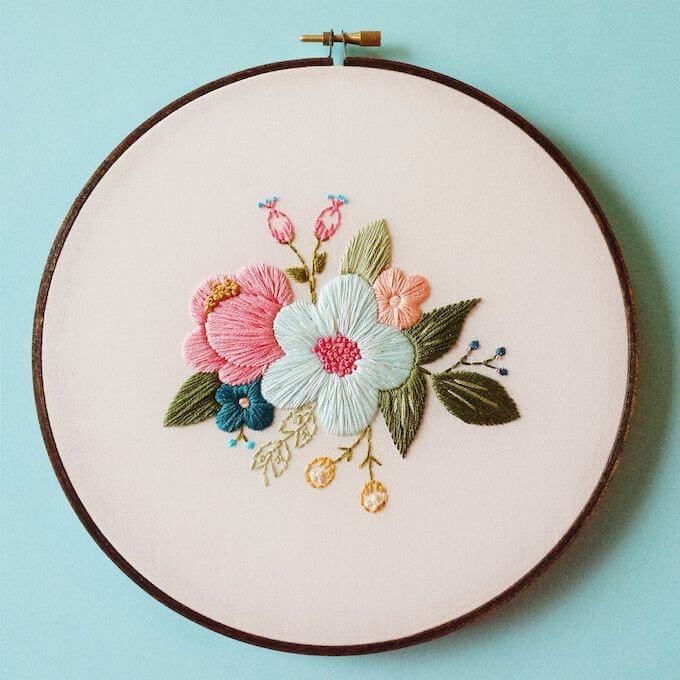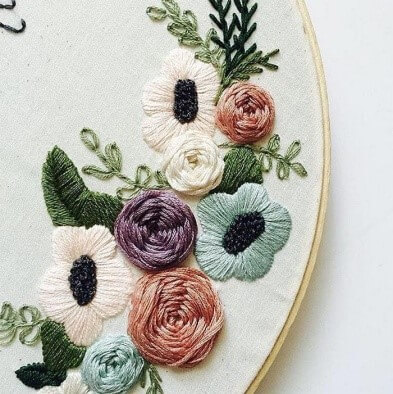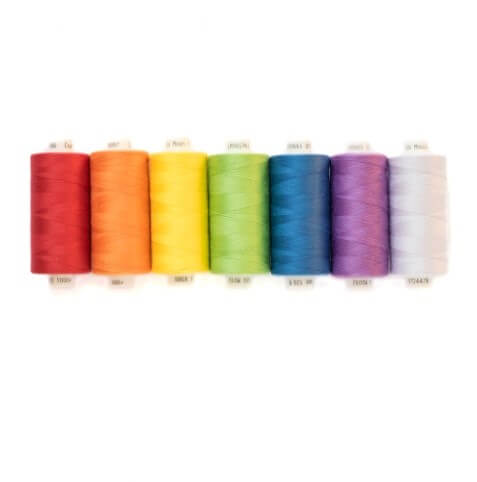All About Embroidery

WHAT IS EMBROIDERY?
Firstly, we need to understand the embroidery. It is an art of decorating fabric or other materials with needle and thread or yarn. Many are practicing in such a way for decades. The embroidery is originated back in the cro-magon days or 30000 BC. During a recent archaeological find, fossilized remains of heavily hand-stitched and decorated clothing, boots, and a hat were found. The Chinese thread embroidery dates back in 3500 BC, where the pictures depict embroidery of clothing with silk threads, precious stones, and pearls. Most of the fibers and embroidery are originate in the Orient and the Middle East.
The embroidery is made up of fabrics and yarns, which are used from different places. We are all aware that wool, linen, and silk have been used for thousands of years for fabric and yarn. The thread of the embroidery is manufactured in cotton, rayon, and novelty yarns and traditional wool, linen, and silk. As far as ribbon embroideries are concerned, they use narrow ribbon in silk or organza blend ribbon, most commonly creating floral motifs.
WHAT IS EMBROIDERY?

SOME POPULAR TYPES OF EMBROIDERY DESIGNS ARE AS FOLLOWS:

Clothing Embroidery Designs: This is one of the most popular and widely available embroidery designs. You can easily purchase this embroidery from the local embroidery shops and the internet. As far as digitized versions are concerned, they can be directly downloaded from from the websites and can be easily sewn on to garments by using a computerized embroidery machines. These designs include trouser embroidery, Men's wear embroidery, Children's clothing embroidery, Fashionwear embroidery, Dinner suit embroidery, Ladies' garments embroidery, and much more.
Household Embroidery Designs: These designs are made explicitly for household garments. As they are created by professionals because of their beautiful design, their shape, because the size and color which are demanded by household items such as carpets, bedsheets, mats, etc.
Logo Embroidery Designs: These embroidered can be put on T-shirts, Sweatshirts, and Jackets, etc. However, these designs are also mostly created by professionals, and most of the designs can be ordered online and can be custom-made on special demand. While, doing that the texts, outlines, size, and artwork are paid a lot of attention when designing embroidery logos.
General Products Embroidery Designs: The garments such as baseball caps, shoes, gloves, and other apparel can be easily be embroidered with specific designs and patterns. Though, these embroidery designs, are custom-made or pre-designed, can also be ordered from the internet.
THINGS TO REMEMBER FOR MAKING YOUR DESIGN
For an embroidery project, there are several things that you need to keep in your mind before setting up your machine. Firstly, you should stitch your design on another piece of fabric to determine the look, its size, and how it would turn out on that particular type of fabric. Secondly, it is essential to combine the threads' color and make sure there's enough thread on the bobbin. Third, you have to choose a hoop that can firmly hold the fabric and Fourthly, Make sure about everything, and you can double-check to make sure that your tools are in order before creating the actual embroidery design.
THINGS TO REMEMBER FOR MAKING YOUR DESIGN

FEW POINTS TO REMEMBER!
- Try looking and create smaller designs as they are always easier for embroidery.
- It is not mandatory that embroidered design always have to be in the middle. For example, placing the embroidery on the left sleeve of a short-sleeve shirt can be entirely appropriate.
- We can try to avoid mistakes, but if you do make any, there are many ways to fix that out by just tearing it, covering it up or editing it.
- Always prefer to use black bobbin thread or the same color thread as the top when you are doing embroidery on the dark fabrics
- You need to change the needle frequently and use a new one every time you start your new project
- Outlines of objects and text should be always be of minimum size, especially for logos. Smaller objects don't need to be
- For smaller digitized text designs, choose fonts that are easy-to-read and straightforward fonts such as Arial or Verdana.